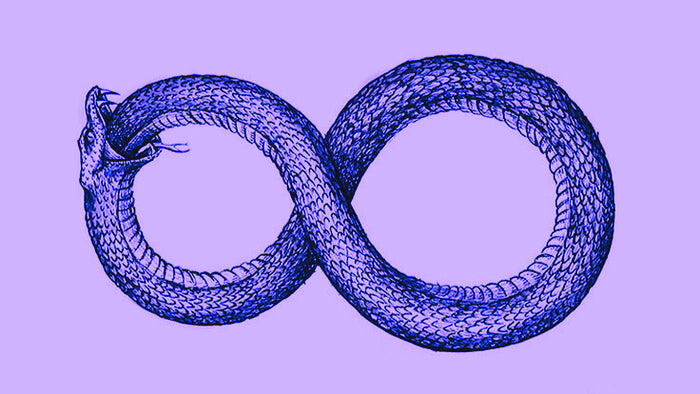The beauty and fashion industry is built on rules -- but for consumers, they’re not about limitation. They’re about self-discovery. From “bright winter” color palettes to “clean girl” makeup routines to outfit inspo for a “soft gamine.” body type, these frameworks help people shape identity on their own terms.
The issue? Brands often treat these ‘rules’ like a blueprint rather than a foundation for exploration. And when they join the conversation without the nuance or cultural fluency to back it up, it shows. These systems were made for people to experiment with—not for brands to own. The brands that understand that won’t just keep up with culture—they’ll be invited into it.
How brands tend to misapply the Beauty & Fashion rulebook
It’s easy to see why beauty and fashion brands are drawn to these consumer-created frameworks. They’re visually compelling, highly shareable, and offer ready-made language that signals cultural relevance. But too often, brands treat these identity-driven systems as shortcuts to trend participation—flattening them into surface-level aesthetics without engaging with the nuance behind them.
Take “Brat Summer,” for example. What began as a playful, chaotic, and community-led exploration quickly lost its charm when brands tried to cash in. Without understanding the tone or the cultural context that gave the trend its edge, brand participation felt overly polished, offbeat, or just plain out of touch. It’s a pattern we see again and again: brands jumping on identity-driven trends like “Mob Wife Winter” or the “clean girl” aesthetic without recognising the deeper narratives behind them—whether it’s cultural references, class dynamics, or embedded beauty standards.
These moments reveal a common misstep: approaching consumer expression as something to replicate, rather than something to support. When brands rush to claim an identity or trend, they risk stripping it of the very individuality that made it powerful.
What a better brand approach looks like
The brands that get this right don’t insert themselves into the story – they help people tell their own. That means shifting away from rigid aesthetic narratives and toward flexibility, play, and permission. It’s not about claiming an identity – it’s about enabling expression.
In practice, this looks like featuring real people using beauty and fashion in their own way, rather than over-produced campaign content that dictates how something should be worn. Reformation is a great example of this. Their feed is full of real people showcasing their pieces in ways that feel personal and lived. That community feel is expanded by self-aware memes that acknowledge how style actually works in the real world: impulsively, imperfectly, and often with a wink. This all sits comfortably alongside more polished campaign work – proving that a strong social presence doesn’t require a perfectly uniform feed, just a clear sense of personality.
Mejuri is taking a similarly smart approach with jewelry. Rather than reinforcing outdated style binaries, they’re challenging them – starting with the long-standing “gold girl” vs. “silver girl” divide. The idea that your skin tone should dictate your metal of choice feels increasingly irrelevant, and Mejuri is leaning into that shift. Their recent messaging – “you can’t mess up... every piece of jewelry looks good mixed together” – reflects how people actually shop and style themselves: not according to rigid archetypes, but according to mood, occasion, and their ever-evolving sense of self. By encouraging mixing, layering, and exploration, they’re showing that the new rulebook might just be: less rules.
The takeaway? Great brands don’t flatten trends into fixed identities. They embrace the reality of how consumers actually engage with their products – messy, evolving, and deeply personal. Because the ‘rules’ behind beauty and fashion trends weren’t made for brands to enforce – they were made for people to break, reinterpret, and play with.
Want our help to build a brand that people actually want to play with? Drop us message


.png)


.png)
.jpg)

